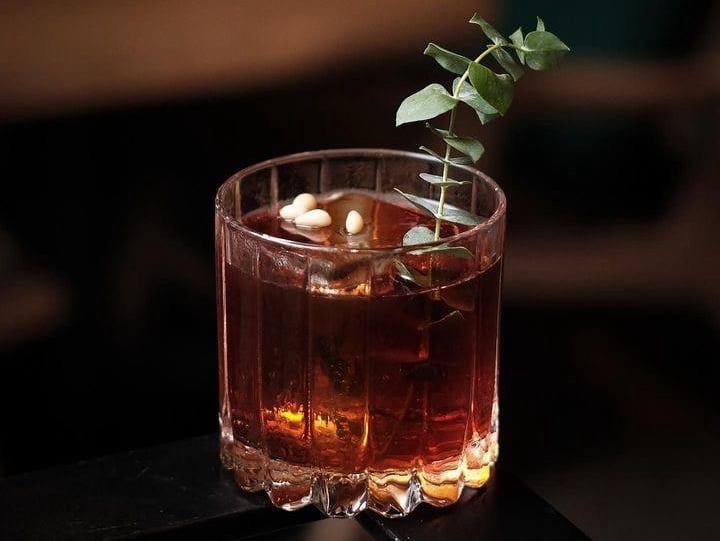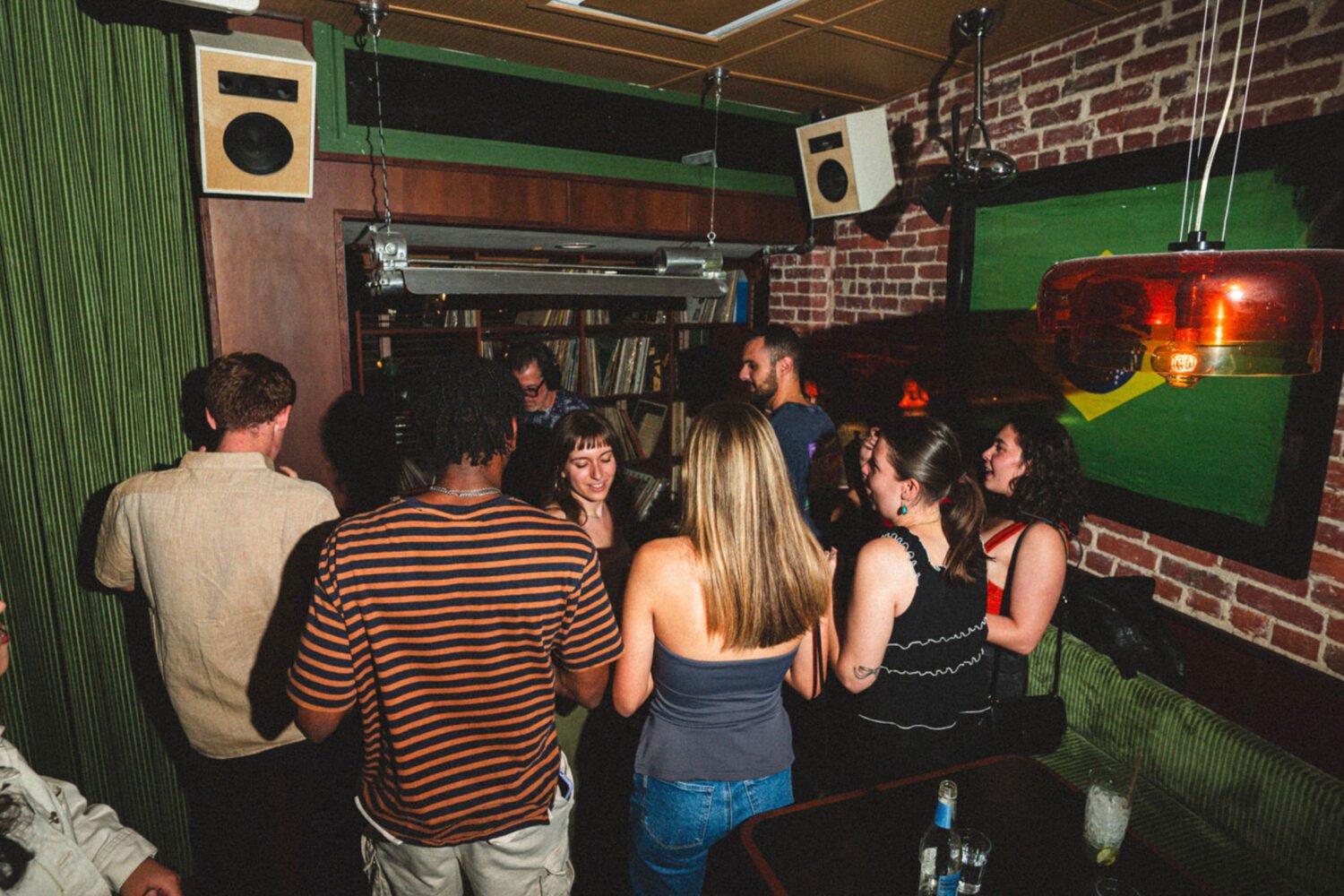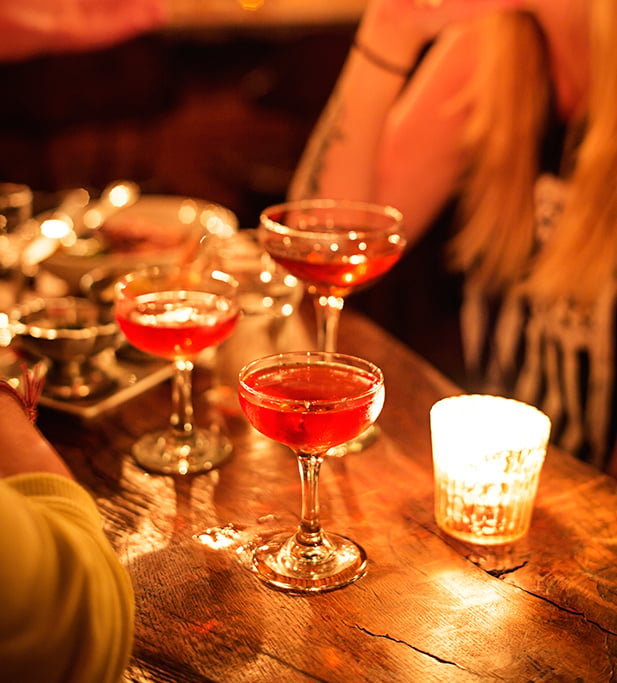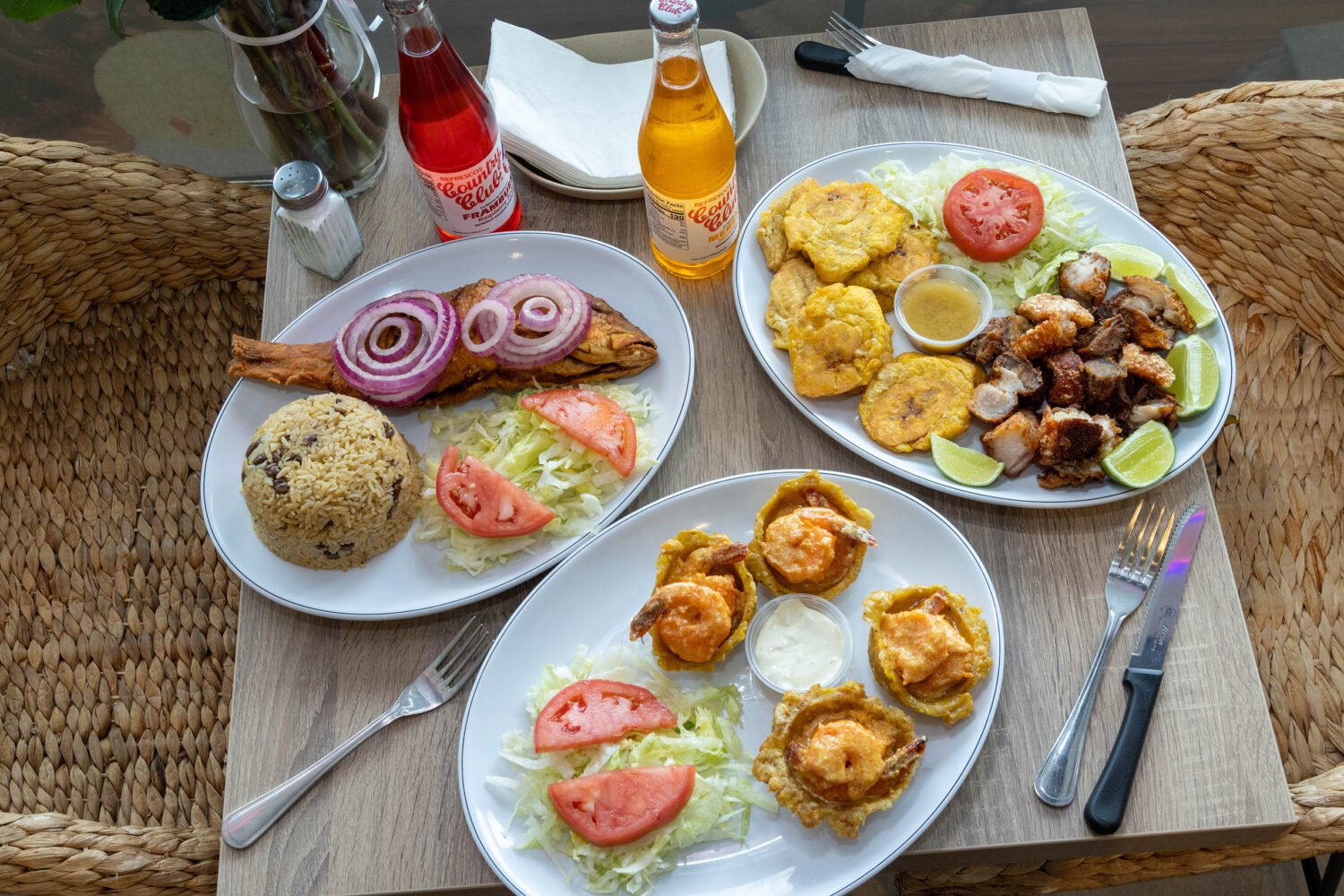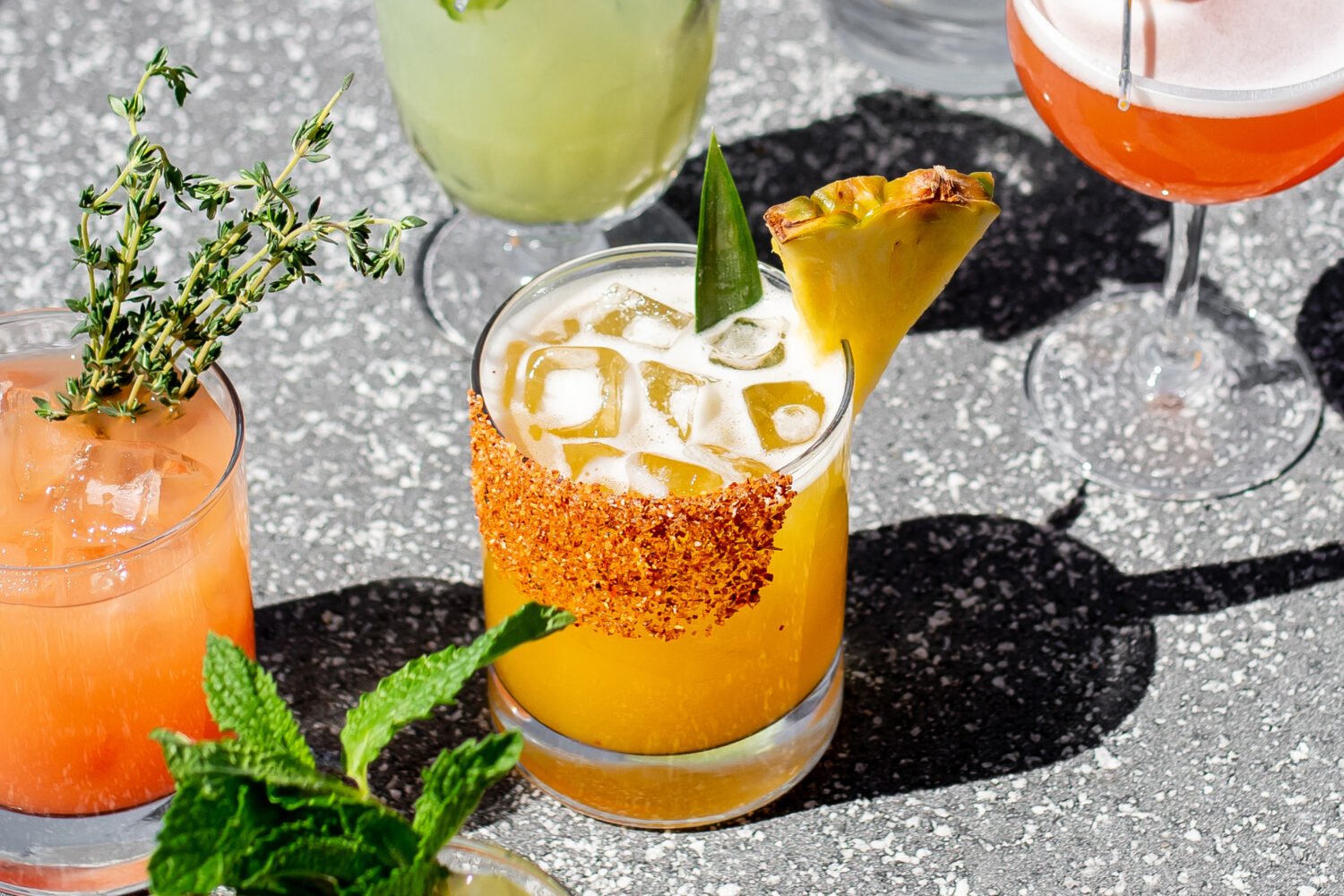
Summon the image of sweetened ripe berries encased in a golden layer of flaky crust and capped with a drift of fresh whipped cream and it’s practically impossible to avoid salivating. Simple, satisfying, deeply comforting: Is there anyone who doesn’t love pie?
Well, on the strength of the available evidence—you.
You, who ought to be among its most ardent champions. When I order pie at an upscale restaurant these days, I brace myself—because I know what’s coming.
And it’s not pie.
Or not recognizably pie.
“I think you’ve made a mistake,” I told the waiter at one of the area’s premier tables as he deposited the pastry chef’s latest “deconstruction.”
“No,” he assured me. “This is the pie you ordered.”
The quotation marks around “blueberry pie” on the menu should have been the tip-off to be prepared for some sort of radical reinterpretation. But how radically could you reinterpret pie?
As it turns out, quite a bit.
All the elements of blueberry pie were present—it just wasn’t a pie. It was a starter kit for a pie. In the center of the plate sat a rectangular slab of blueberry curd. Propped around it were thin panes of what appeared to be cookies. This was the “crust.” Alongside these were tiny piles of crumbs. For decoration, but also to evoke the layer of whipped cream that real pie sometimes comes with, the plate was decked out with tiny dabs of cream.
“They ruined our dessert,” my friend said from across the table, more incredulous than angry. It wasn’t just ruined—but ruined on purpose.
I chalked it up to a silly idea from one of your colleagues, a jokey stab at “making it new,” but apparently the joke’s on me. It turned out to be part of an industry-wide trend—one going on for more than two years now. Who’d have guessed that deconstructed pie would prove as durable as charcuterie and craft cocktails?
I realize that you’re under immense pressure these days. You’re expected to be novel and playful while satisfying the conflicting desires of your audience. Give us rich, creamy, chocolate-coated decadence! But make those thousand calories look chaste, decorous, delicate.
What made you think pieless pies were the solution? I come away thinking dessert is more about you, the pastry chef, and your needs than about me and mine. More about satisfying your ego and less about satisfying my sweet tooth.
Do you really want your confections to awaken an intellectual appreciation of what can be done with flour, sugar, and berries? Wouldn’t you rather make me swoon over every bite? Send me back to my childhood on sugary waves of nostalgia?
I used to wonder if you picked on pie to play around with because it was too easy to make and therefore beneath your considerable talents.
Now I think you disdain pie because you know you can’t reinvent it—can’t marshal your training, your technical know-how, and your zeal for high-quality ingredients to produce a significantly better version of what we dig into every summer at the state fair.
What’s the old saying? What we can’t love we often seek to destroy?
I’m not saying you shouldn’t try new things. If you’re not having fun in the kitchen, we’re not having fun at the table. So go ahead and tweak my panna cotta. Rejigger my tiramisu. Turn my crème brûlée into your own private Goldberg Variations.
Just leave my pie alone.
This article appears in the February 2012 issue of The Washingtonian.


